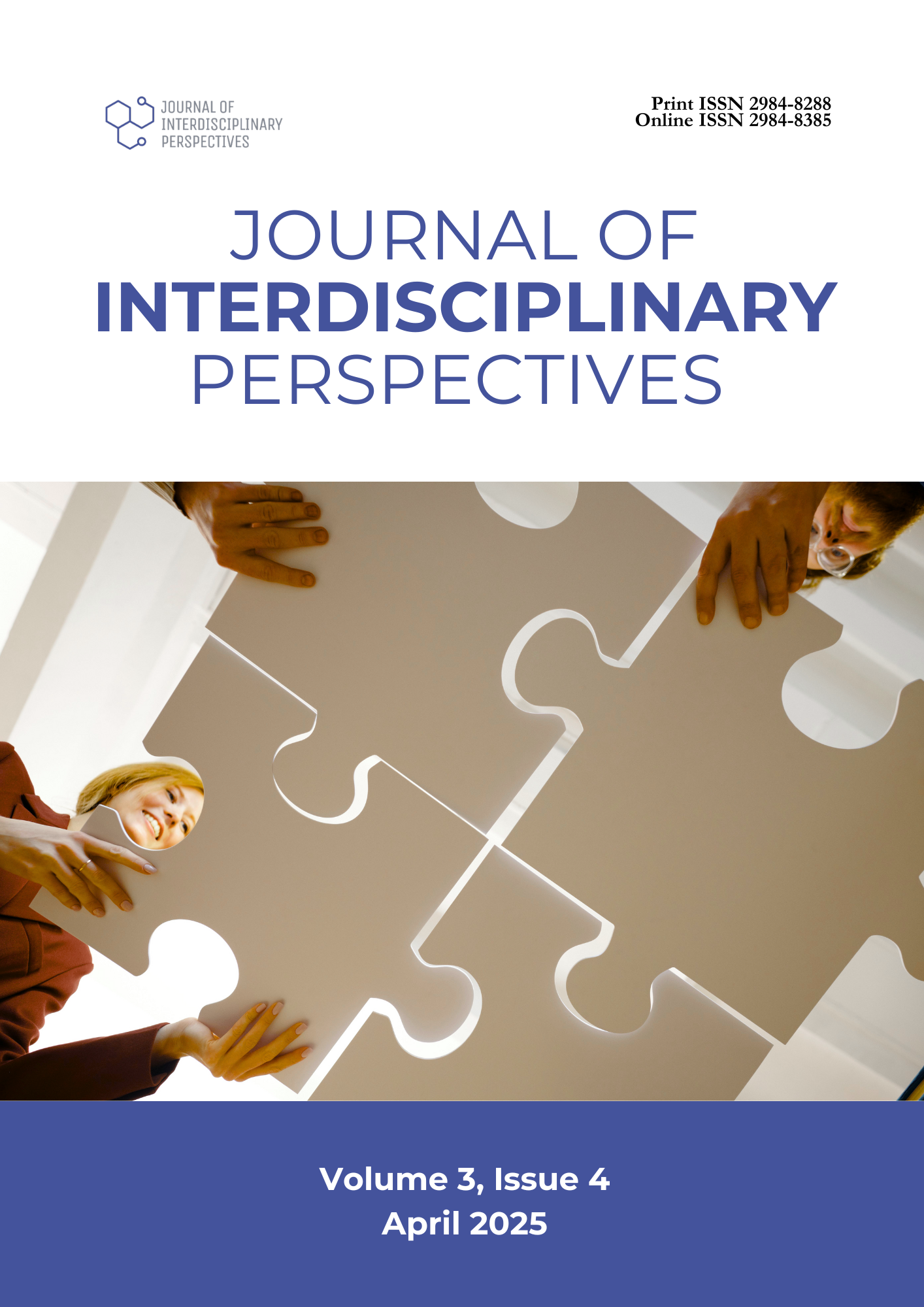The Lived Experience of Filipino Stroke Survivors
DOI:
https://doi.org/10.69569/jip.2024.0662Keywords:
Lived experienced, Neurological disorder, Stroke; Stroke survivors, Transcendental phenomenologyAbstract
This study addresses the lack of qualitative research on stroke survivors' experiences in the Philippines, aiming to improve nursing interventions and risk prevention strategies. Using a qualitative transcendental phenomenological design, the study conducted semi-structured interviews with ten Filipino stroke survivors selected through purposive sampling. Thematic analysis identified seven key themes: behavioral risk factors, pre-stroke lifestyle patterns, recognition of warning signs, experiences during the stroke, medical interventions, social support post-stroke, and adaptation to a new lifestyle. Findings highlight the varied pre-stroke lifestyles and the emotional challenges survivors face during recovery, stressing the importance of social connections. The results suggest that holistic nursing interventions focusing on physical, emotional, and social needs are essential for improving care quality and fostering resilience. These insights can guide healthcare providers in developing targeted support strategies for stroke survivors.
Downloads
References
Alwageed, H. S. (2022). Detection of subarachnoid hemorrhage in computed tomography using association rules mining. Computational Intelligence and Neuroscience, 2022, 1–10.
https://doi.org/10.1155/2022/1133819
Brunetti, V., Pizzuti, A., & Dias, S. (2022). Sleep and stroke: Opening our eyes to current knowledge of a key relationship. Journal of Clinical Medicine, 11(13), 3883. https://doi.org/10.3390/jcm11133883
Buck, B., Akhtarb, N., Alrohimia, A., Khanaand, K., & Shu, A. (2021). Stroke mimics: Incidence, aetiology, clinical features, and treatment. Annals of Medicine, 53(1). https://doi.org/10.1080/07853890.2021.1890205
Collantes, M., Navarro, J., Bellen, A., & Gan, R. (2022). Stroke systems of care in the Philippines: Addressing gaps and developing strategies. Frontiers in Neurology, 13. https://doi.org/10.3389/fneur.2022.1046351
Collantes, M., Zuniga, Y., Granada, C., Uezono, D., Castillo, L., Enriquez, C., Ignacio, K., Ignacio, S., & Jamora, R. (2021). Current state of stroke care in the Philippines. Frontiers in Neurology, 12. https://doi.org/10.3389/fneur.2021.665086
Deegan, P. E. (2002). Recovery as a self-directed process of healing and transformation. Occupational Therapy in Mental Health, 17(3–4), 5–21. https://doi.org/10.1300/J004v17n03_02 Devereux, N., & Berns, A. (2023). Evaluation & treatment of psychological effects of stroke. Delaware Journal of Public Health, 9(3), 62–69. https://doi.org/10.32481/djph.2023.08.011 Dongen, L. V., Hafsteinsdóttir, T. B., Parker, E., Bjartmarz, I., Hjaltadóttir, I., & Jónsdóttir, H. (2021). Stroke survivors’ experiences with rebuilding life in the community and exercising at
home: A qualitative study. Nursing Open, 8(5), 2567-2577. https://doi.org/10.1002/nop2.788
Fini, N., Bernhardt, J., & Holland, E. (2022). Types of physical activity performed pre- and post-stroke. Brazilian Journal of Physical Therapy, 26(3), 100412. https://doi.org/10.1016/j.bjpt.2022.100412
Hellicar, L. (2023, April 18). Diet for stroke patients. Medical News Today. Retrieved from https://www.medicalnewstoday.com/articles/diet-for-stroke-patient Hickey, J. V., & Strayer, A. L. (2020). The clinical practice of neurological and neurosurgical nursing (8th ed.). Lippincott Williams & Wilkins. 0
Holland, K. (2023). Can stress cause a stroke? Retrieved from https://www.healthline.com/health/stroke/can-stress-cause-a-stroke Lin, C. (2021). Stroke and diets – a review. Tzu Chi Medical Journal, 33(3), 238. https://doi.org/10.4103/tcmj.tcmj_168_20
Murphy, S., & Werring, D. (2020). Stroke: Causes and clinical features. Medicine, 48(9), 561-566. https://doi.org/10.1016/j.mpmed.2020.06.002
Wang, D., Yao, J., Reijnierse, Y., & Maier, A. (2019). Muscle mass, strength, and physical performance predicting activities of daily living: A meta-analysis. Journal of Cachexia, Sarcopenia and Muscle, 11(1), 3-25. https://doi.org/10.1002/jcsm.12502
Wang, H., Sun, J., Sun, M., Liu, N., & Wang, M. (2022). Relationship of sleep duration with the risk of stroke incidence and stroke mortality: An updated systematic review and dose- response meta-analysis of prospective cohort studies. Sleep Medicine, 90, 267–278. https://doi.org/10.1016/j.sleep.2021.11.001
Downloads
Published
How to Cite
Issue
Section
License
Copyright (c) 2025 Journal of Interdisciplinary Perspectives

This work is licensed under a Creative Commons Attribution-NonCommercial 4.0 International License.









